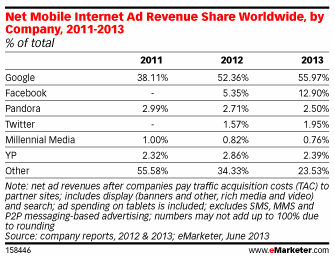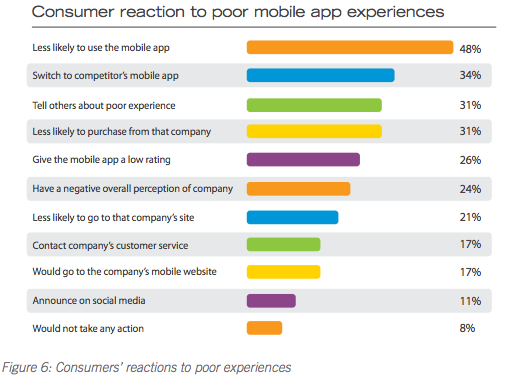Reports: How retail marketing managers use digital, and how customers think…
Social media marketing has become more and more important for retail marketers in the U.S. this year compared to 2013. This states the latest reports by Extole which was based on the survey response of 302 people responsible for marketing and technology at U.S. retail companies. However, mobile marketing and email are still top priorities as well for those marketers across various verticals, company sizes and geographies.

Although social media marketing was the leading marketing spend compared to last year with 41%, mobile advertising (32%) and email marketing (31%) were catching up as well. Whereas thee marketing spends were on the sweetspot for budget spends, topics like display advertising (28%), content marketing (28%), and paid search (24%) got less marketing spends this year.

The report also made clear that retail marketers use social media and email two most (85%). Not surprisingly as social media was mentioned as the most effective tactic for acquiring customers. 50% of the retail marketers have picked it in the top three results. Nevertheless, if retail marketers want to convert retail customers, email marketing is still seen as the most effective marketing tool.
Spot On!
If we compare this report to another much broader study by Capgemini “Digital Shopper Relevancy Report” that asked 18.000 consumers around the globe, marketers might be putting too much emphasize on social media marketing. Marketers might have a closer look at the not “socially-engaged shopper” categories and then decide in which markets to invest in social media marketing, and which stay with a broader holistic digital marketing approach.

What is your experience on how to best address your customers in the retail or technology space?




 There are different views on why
There are different views on why  Now, although mobile ad revenue is far from reaching big amounts of ad spendings, many marketers see it as a growth area. Whatever the number that is attached to total mobile ad revenue worldwide is, Google is the leader with over half of surveyed people according to eMarketer. And if you see the numbers it seems that Gogle is still not happy with the budget chunk they do get, reaching out for more it seems. But also Facebook investors will see some light at the end of the tunnel with mobile ads on the rise. However, Google might like the competition but all that market dominance simply making way for some more challenging competition.
Now, although mobile ad revenue is far from reaching big amounts of ad spendings, many marketers see it as a growth area. Whatever the number that is attached to total mobile ad revenue worldwide is, Google is the leader with over half of surveyed people according to eMarketer. And if you see the numbers it seems that Gogle is still not happy with the budget chunk they do get, reaching out for more it seems. But also Facebook investors will see some light at the end of the tunnel with mobile ads on the rise. However, Google might like the competition but all that market dominance simply making way for some more challenging competition. These are the main findings of the study….
These are the main findings of the study….





 In a recent report called
In a recent report called 
